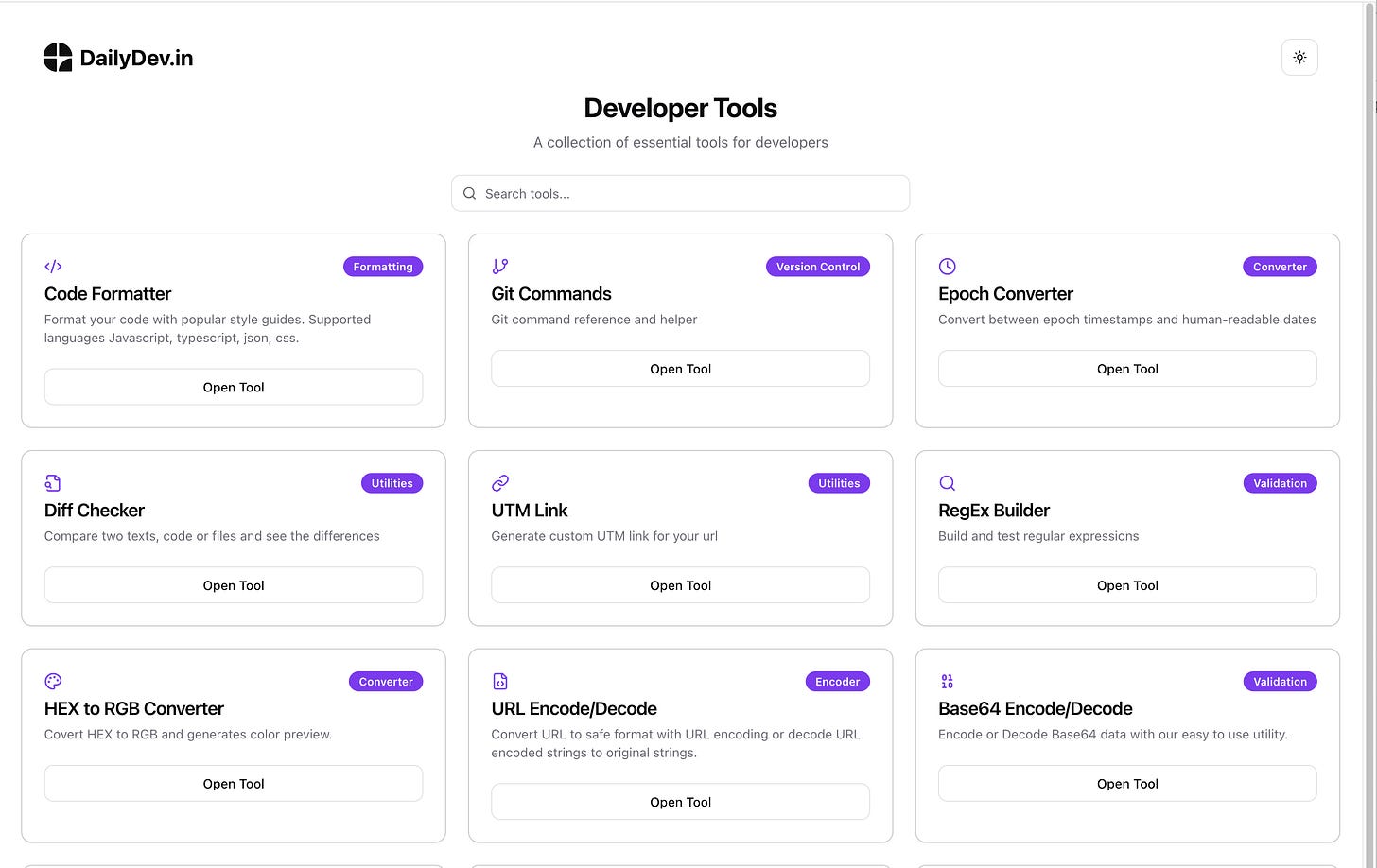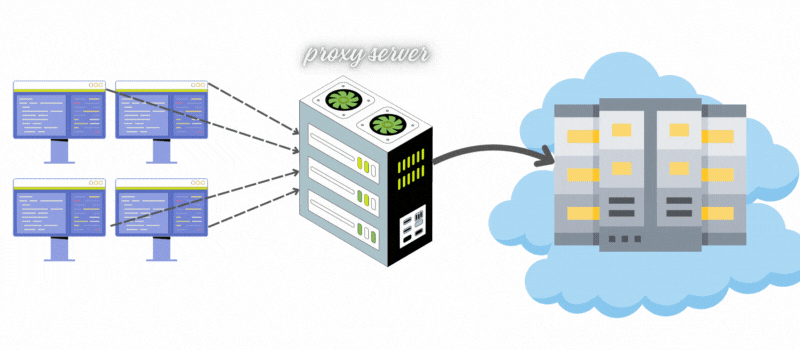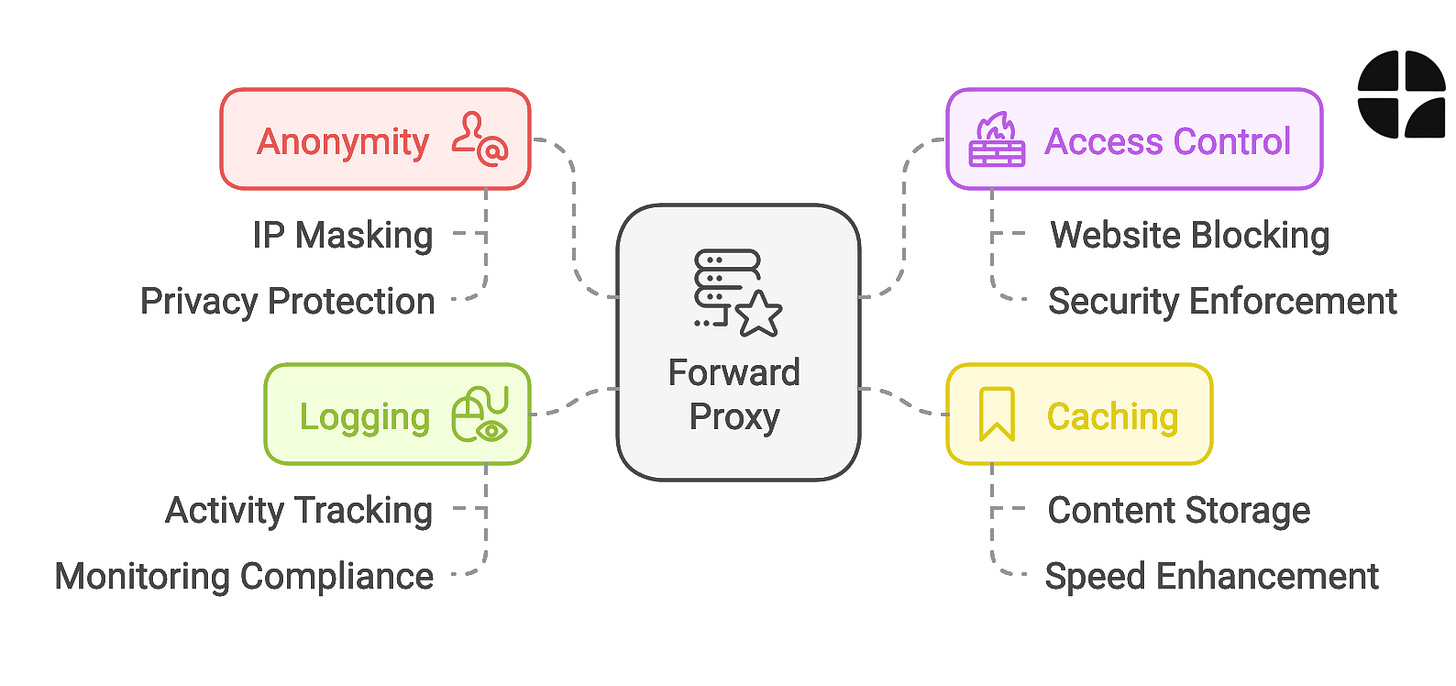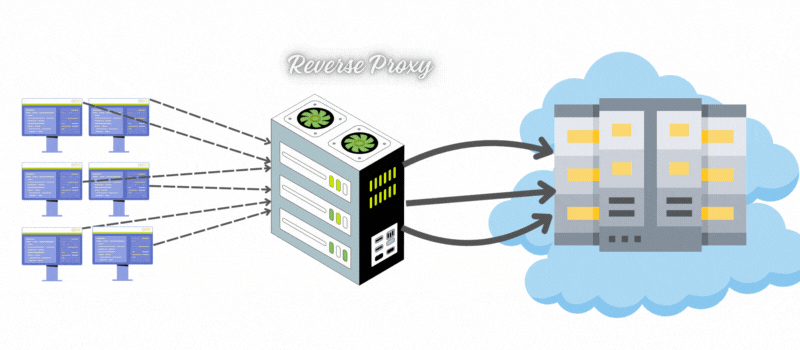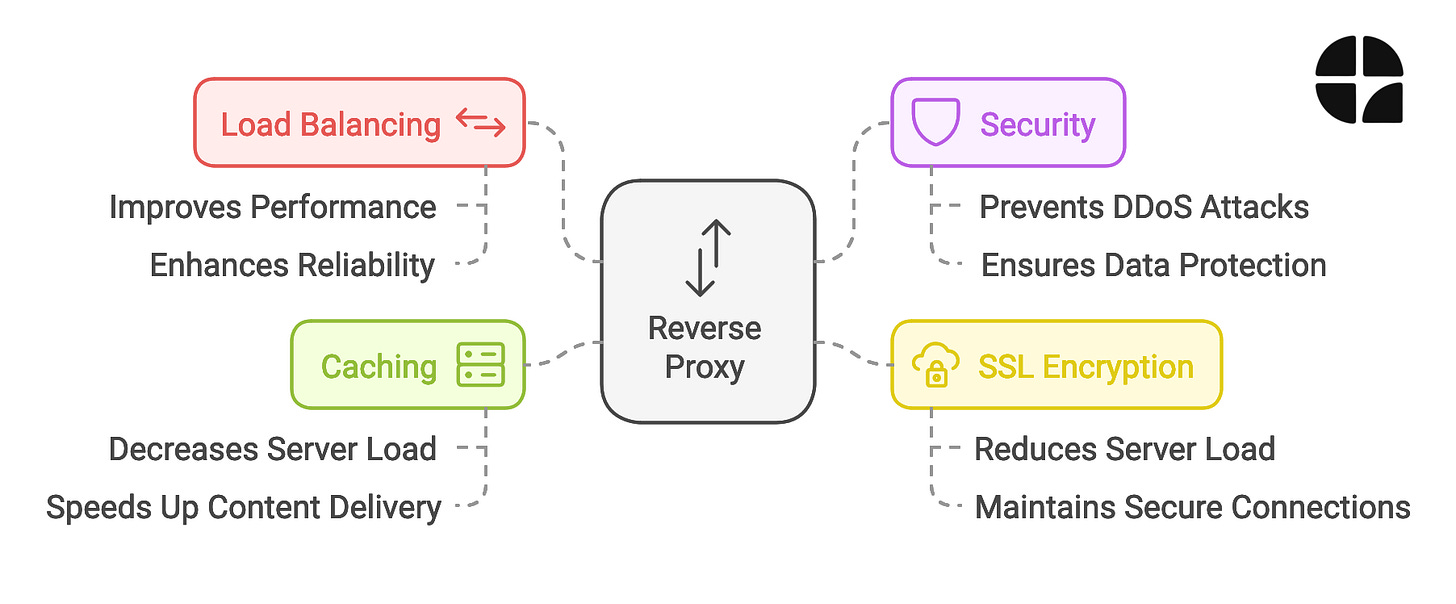SD 3: What is proxy and reverse proxy?
Your All-in-One Utility Platform for Developers and Beyond 🚀 (Promotion)
Imagine having access to dozens of essential tools in one place—no more switching tabs, searching for utilities, or dealing with daily limits. app.dailydev.in is your ultimate toolbox, offering solutions for developers, analysts, and tech enthusiasts alike.
Here’s what you’ll find:
Code Utilities: Format code, parse JWT, generate UUIDs, and more.
System Tools: Git commands, system utilities, epoch converters.
Data Transformers: YAML ↔ JSON, CSV ↔ JSON, Base64 encoders, and URL encoders.
Design Helpers: Color converters, CSS unit converters, image resizers, and HTML previews.
Analysis Tools: Diff checkers, hash generators, and UTM generators.
💡 Why Choose app.dailydev.in?
Free & Unlimited Access: No restrictions or daily limits.
User-Driven Features: Share feedback, report bugs, or request new tools—we’re here to build what you need.
Time-Saving: Simplify your workflow with everything you need in one platform.
Start exploring today and see how app.dailydev.in can transform your productivity.
Hey there, tech enthusiasts and curious minds! 👋 Ever wondered how your favorite websites handle millions of requests without breaking a sweat? Or how your company keeps its network secure from prying eyes? Today, we're diving into the fascinating world of proxies and reverse proxies. Buckle up – it's going to be an exciting ride!
🤔 Pop Quiz: What's the first thing that comes to mind when you hear the word "proxy"?
A Proxy is someone or something that has the authority to function (do something) on behalf of another person or thing. Thus, Proxy generally means acting on the behalf of others.
What is a Proxy, Anyway?
Imagine you're at a fancy restaurant, and you want to order something off-menu. Instead of barging into the kitchen yourself, you tell the waiter what you want, and they relay your request to the chef. In this scenario, the waiter is acting as a proxy – they're the middleman between you and the kitchen.
In the digital world, a proxy server plays a similar role. It's an intermediary between your device and the internet, handling requests on your behalf.
🔍 Think About It: How many times a day do you think your online activities go through a proxy without you even realizing it?
Forward Proxy: Your Digital Bodyguard
Now, let's talk about a specific type of proxy – the forward proxy. Picture this:
You're in a corporate office, trying to access a website. Instead of connecting directly to that site, your request first goes through a forward proxy server. This server then makes the request on your behalf and returns the results to you.
Key Benefits of Forward Proxies:
Anonymity: Masks your IP address
Access Control: Can block harmful websites
Caching: Stores frequently accessed content for faster retrieval
Logging: Keeps track of user activity (bosses love this one!)
🛠️ Hands-On Challenge: Try using a simple web proxy like hide.me to access a website. Notice any differences in speed or the information displayed about your location?
Reverse Proxy: The Bouncer of the Web
Now, let's flip the script and talk about reverse proxies. If a forward proxy protects clients, a reverse proxy protects servers.
Imagine a popular nightclub. At the entrance, there's a bouncer who manages the crowd, checks IDs, and ensures the club doesn't get overcrowded. A reverse proxy does the same for web servers!
Key Functions of Reverse Proxies:
Load Balancing: Distributes incoming traffic across multiple servers
Security: Acts as a shield against attacks like DDoS
SSL Encryption: Handles HTTPS encryption, reducing the load on application servers
Caching: Stores and serves static content, reducing server load
🏋️ Real-World Application: Have you ever used Cloudflare for your website or project? Congratulations, you've implemented a reverse proxy!
The Great Proxy Showdown: Forward vs. Reverse
Let's break down the key differences:
Forward Proxy:
Protects clients
Sits in front of clients
Helps clients access the internet anonymously
Reverse Proxy:
Protects servers
Sits in front of servers
Helps servers handle incoming traffic efficiently 🧠 Quick Thinking Exercise: Can you think of a scenario where you might need both a forward and a reverse proxy in the same network setup?
Popular Proxy Players
Forward Proxy Examples:
Reverse Proxy Examples:
Nginx (most common use)
Traefik 👨💻 Coding Challenge: If you're feeling adventurous, try setting up a simple reverse proxy using Nginx on your local machine. It's easier than you might think!
Setting Up Your Own Proxy
Ready to get your hands dirty? Here's a mini-guide to setting up a basic reverse proxy using NGINX:
Install NGINX on your system.
Edit the NGINX configuration file (usually found at /etc/nginx/nginx.conf).
Add a server block like this:
server {
listen 80;
server_name yourdomain.com;
location / {
proxy_pass http://your_backend_server;
proxy_set_header Host $host;
proxy_set_header X-Real-IP $remote_addr;
}
}Restart NGINX to apply changes.
Why Should You Care About Proxies?
As a professional or student in tech, understanding proxies can:
Enhance your network security knowledge
Improve your web application architecture skills
Help you optimize web performance
Give you an edge in system design interviews
🚀 Career Boost: Many DevOps and SRE roles require a solid understanding of proxy servers. Adding this skill to your toolkit can open up new opportunities!
Proxies in Action: Real-World Scenarios
Content Delivery Networks (CDNs): Ever wonder how Netflix streams videos so smoothly? CDNs use reverse proxies to cache and serve content from servers closer to you.
Corporate Networks: Many companies use forward proxies to monitor and control employee internet usage.
Microservices Architecture: Reverse proxies are crucial in managing traffic between different microservices in modern application design.
Geoblocking Bypass: Forward proxies can help access content that's restricted in certain regions (but always respect copyright laws!).
🌐 Global Perspective: How might the use of proxies differ in countries with strict internet censorship compared to those with open internet policies?
The Future of Proxies
As the internet evolves, so do proxies. Keep an eye on:
AI-powered proxies for smarter traffic management
Increased use in IoT (Internet of Things) networks
Integration with blockchain for enhanced security
Wrapping Up
Proxies are the unsung heroes of the internet, working behind the scenes to keep our online experiences smooth, secure, and speedy. Whether you're building the next big web app or just curious about how the internet works, understanding proxies is a valuable skill.
🎯 Action Item: Next time you're browsing the web or developing an application, take a moment to consider the proxies that might be at work. How might you leverage them to improve performance or security?
Remember, in the world of web technology, knowledge is power. Keep learning, keep experimenting, and who knows? You might just become the proxy expert your team never knew they needed!
What aspect of proxies intrigues you the most? Drop a comment below and let's keep the conversation going! 💬
Recommended Reads for Your Career Journey
Explore these highly recommended books to deepen your knowledge in System Design, Software Engineering, and Coding:
Designing Data-Intensive Applications by Martin Kleppmann
A must-read for understanding distributed systems and modern data engineering.
View hereSystem Design Interview – An Insider's Guide by Alex Xu
Perfect for preparing for system design interviews with practical case studies.
View hereClean Code: A Handbook of Agile Software Craftsmanship by Robert C. Martin
Learn how to write code that is readable, maintainable, and efficient.
View hereThe Pragmatic Programmer: Your Journey to Mastery by Andy Hunt and Dave Thomas
A timeless guide for becoming a well-rounded software developer.
view hereOperating Systems: Three Easy Pieces by Remzi H. Arpaci-Dusseau and Andrea C. Arpaci-Dusseau
Dive deep into the fundamentals of operating systems.
view here


